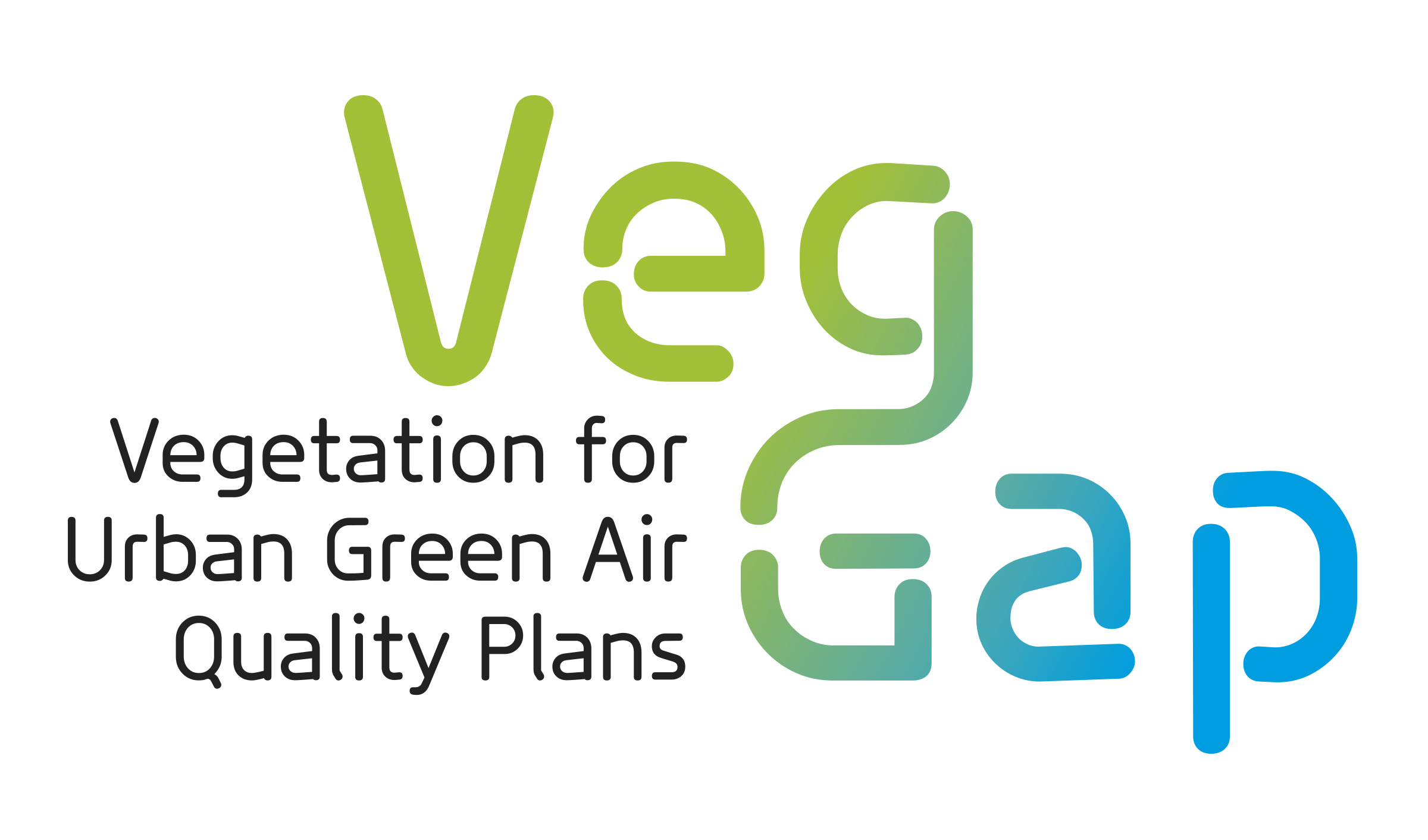The Emilia-Romagna Region
enhances its funding
activities for permanent forests in its "pianura" (lowland)
municipalities' urban and peri-urban contexts by granting until 20 September further funds for
its call 2021. €650,000 will be available for the
200 “pianura” municipalities to which the measures of the Regional Air Quality
Plan have been extended from March 2021 for the establishment of new forest or urban
forests to be completed by 31 December 2021.
Among the projects that can
be funded there are three typologies:
A1) Permanent forest plantings with an area of not less than 2000
square metres and a width of not less than 20 metres (€20,000 per hectare
with 75% co-financing). Requirements: (i) forest or urban forest
characteristics; (ii) a density of not less than 600/plant per hectare;
A2) Permanent forest plantings with an area of not less
than 2000 square metres and a width of not less than 20 metres (€15,000 per
hectare with 75% co-financing). Requirements: (i) forest or urban forest
characteristics; (ii) a density of not less than 400/plant per hectare;
B) Permanent forest planting for the establishment of wooded areas
(complex shrubs) not less than 3 metres wide and of variable length,
preferably consisting of a layer of tall trees and a layer of shrubs (maximum
eligible costs: €20 per plant)
This funding line is aimed
at achieving the "Obiettivi per la pianura" (Objective for
lowland) as set out in Action 1 of the Regional Forestry Plan 2014-2020
and its guidelines for 2021-2027 and is therefore the model for the
calls for proposals that will be issued in 2022 and 2023 with the aim of: increase
forest areas in the “pianura”; create green corridors and increase
and protect biodiversity; conserve and improve the agro-forestry
landscape; mitigate the impact of large public and private infrastructures;
support the re-launch of sectors and economic activities linked to the
management of green areas and garden centre; raise awareness of issues
related to the protection of the Earth through the enhancement of the
function of trees and forests in their CO2 capture and storage
activities.
The decision to ensure
the continuity of these projects over the next two years also provides a
concrete example of VEG-GAP's platform potential if it extends its scope
beyond its Pilot City of Bologna in the near future. The VEG-GAP’s platform
could indeed provide useful information and data for the drafting of reports
that accompany projects' proposals to all 200 "pianura"
municipalities, especially in the descriptions of the specific aims and objectives
of the projects.


